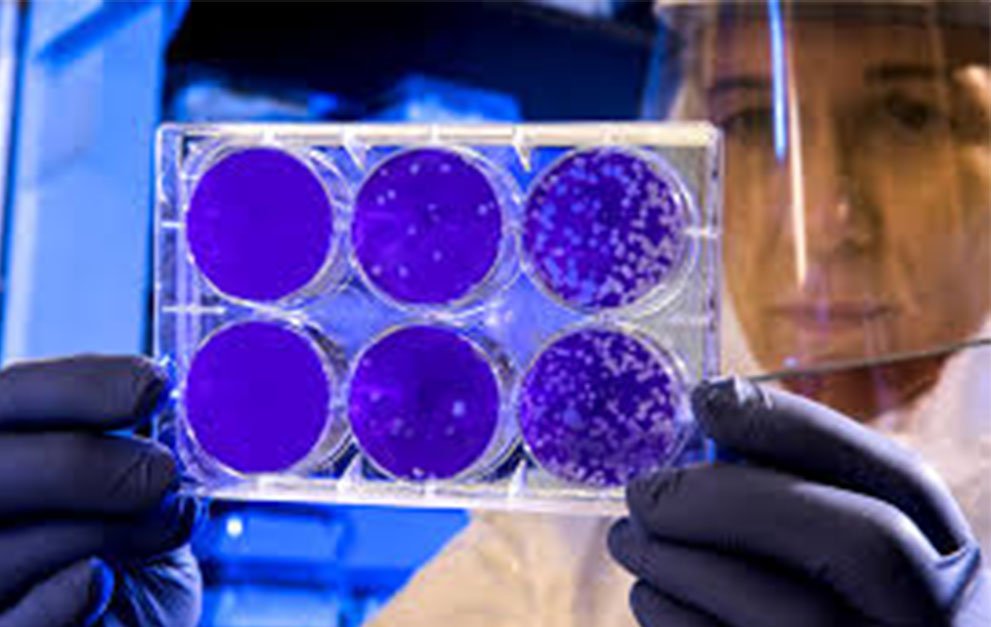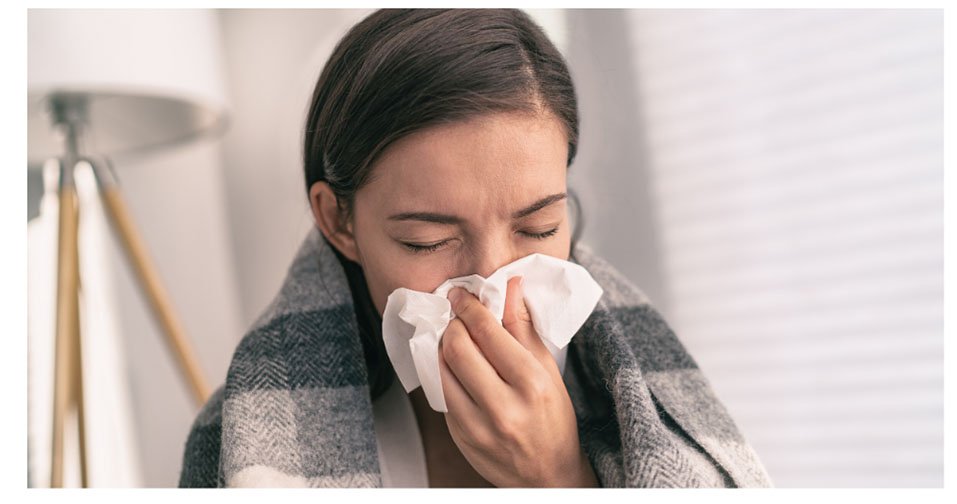
What is infectious disease?
To fully appreciate the access to vaccines and understand the importance of infection control as we know it today, we need to take a trip back in time, to 1861, when Louis Pasteur published his germ theory, which proved that bacteria caused diseases. Pasteur’s work was then expanded upon by Robert Koch, who began to isolate the specific bacteria that caused certain diseases, such as TB and cholera. Before the development of the germ theory, people did not understand the need for hygiene and sterilization. Illnesses spread, unintentionally, through contamination.

Nearly two centuries later, germs are still a part of everyday life. Lucky for us, since the 19th century, attempts to prevent illness and disease have come a long way and have had a vital impact on human behavior. Shortly after the germ theory took off, significant changes occurred to sanitization and personal hygiene. The connection between washing your hands and preventing illness was finally recognized (but was not widely accepted until 1980)!
Throughout history, there has been no shortage of infectious disease, outbreaks, epidemics, or pandemics. One thing is clear, to prevent the spread of infectious disease, we need to understand what they are, how they are transmitted, and how we can prevent them. Let’s jump in.
What is an infectious disease?
When it comes to illness, we hear many different terms thrown around, viruses, the flu, an infection, or a “bug.” However, these examples are just different ways of saying infectious diseases. Living organisms like viruses and bacteria cause infectious diseases. They can be passed from person to person through body secretions, insects, or other means. Some examples of infectious diseases are SARS, influenza, the common cold, Hepatitis A and B, malaria, rabies, and COVID-19.
Some infectious diseases are not spread from person to person, such as food poisoning, while others are highly contagious such as influenza and the common cold.
What causes Infectious disease?
Infectious diseases can spread person to person in multiple ways.
- Direct contact with a sick individual (skin to skin)
- Touching something another person touched (cross-contamination)
- Contact with body fluids, such as blood and saliva (for example, HIV & Hepatitis B).
- Droplets discharged from a sick person’s body when they cough or sneeze. These droplets linger in the air for a short period, landing on a healthy person’s skin or inhaled into their lungs.
In rare cases, infectious diseases travel through the air for long periods in tiny particles. Healthy people inhale the particles and later become ill. Only certain diseases spread with the airborne transmission, including tuberculosis and the rubella virus.
How to prevent infectious disease
Vaccines are available to prevent many infectious diseases, including hepatitis, diphtheria, influenza, and herpes zoster. In the absence of a vaccine, you can reduce your risk of contracting or spreading infectious diseases.

- Wash your hands thoroughly and often. In the absence of soap and water, use hand sanitizer with at least 60% alcohol.
- Cover your mouth and nose when you sneeze or cough.
- Disinfect frequently touched surfaces in your home and workspace. Use an EPA registered disinfectant and use it according to the label. Be sure to pay special attention to contact times as they may vary depending on the brand.
- Avoid contact with anyone who is sick or displaying symptoms of an infectious disease (respiratory issues, coughing, sneezing, fever, vomiting, etc.)
- Don’t drink or swim in contaminated water.
- Stay home if you feel sick and avoid close contact with other people.
- Avoid sharing personal items, such as toothbrushes, combs, razor blades, drinking glasses, and kitchen utensils.
- Use universal precautions (treat all blood or bodily fluids as if they are infected) when cleaning up blood or bodily fluid.
Science has come a long way since the birth of the germ theory, but one thing that hasn’t changed since 1861: Preventing the spread of infectious disease comes down to every one of us practicing proper hand hygiene and taking actions that prevent the spread of germs and disease.
Safetec was born from the AIDS epidemic and continues the fight against germs and pathogens. With Safetec’s EPA registered disinfectant sprays and wipes, hand sanitizers, antimicrobial soaps, Universal Precaution Compliance kits, and medical waste solidifiers, you’re ready for battle in the war on infectious disease.
{{cta(‘5c7361a6-ec93-4a35-8123-722f527b1a33’)}}{{cta(‘f4e0a608-39ea-417d-b584-6f33f2501a3c’)}}
Sources:
https://www.mayoclinic.org/diseases-conditions/infectious-diseases/symptoms-causes/syc-20351173
https://www.healthline.com/health/disease-transmissionWhat
